Non-woven fabric is convenient for medical products Product information 19/04/2023
Non-woven fabric is also one of the products that Rạng Đông Healthcare has introduced to the market to meet the increasing demand in various fields in general and healthcare in particular. The composition of non-woven fabric for medical products includes short fibers, long fibers, or foam. The non-woven fabric production process plays a crucial role in creating bonds between fibers or foam, as well as increasing the thickness and durability of the fabric.
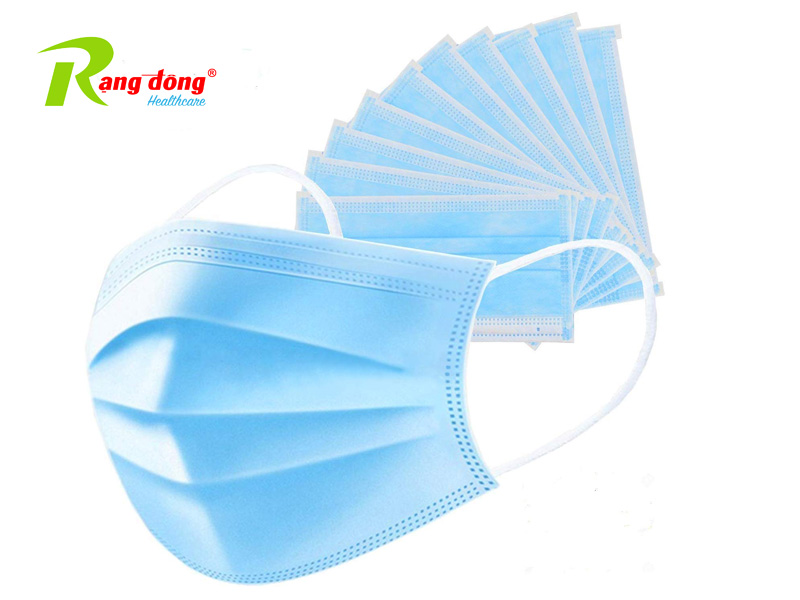
The advantages of non-woven fabric compared to traditional woven fabric
Non-woven fabric has several advantages over traditional woven fabric, such as:
- No need for weaving, no need for silk: Non-woven fabric does not need to go through the weaving or knitting process, thus eliminating the need for complex machinery and reducing initial investments.
- Variety in thickness and softness: Non-woven fabric can be produced with different thickness and softness levels depending on the intended use. It can be as soft and comfortable as cotton fabric or as firm as cardboard, depending on the processing.
- Good moisture absorption and breathability: Non-woven fabric is made from tightly bonded fibers, making it good at moisture absorption and breathability, making it suitable for use in medical, healthcare, and personal hygiene products.
- Easy to clean: Non-woven fabric is easy to clean and disinfect using chemical methods or high-temperature treatment without deformation.
- Cost-effective: Due to the avoidance of complex machinery investment required for traditional woven fabric, the production of non-woven fabric is more cost-effective.
Applications of non-woven fabric in medical products
Why non-woven fabric is an ideal material for medical products
Non-woven fabric is an ideal material for medical products because it offers many advantages over other materials. Here are some reasons why non-woven fabric is widely used in medical products.
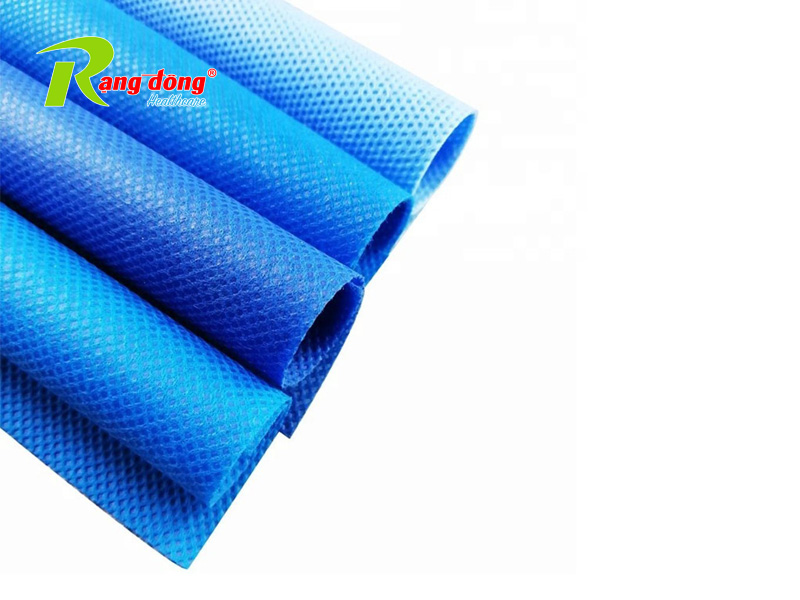
- Good absorption and excellent breathability: good absorption and breathability help maintain a dry and well-ventilated environment for skin contact surfaces, reducing the growth of bacteria and moisture, decreasing the risk of infection and rashes.
- Waterproof and water-resistant capabilities: good waterproofing abilities are used to create medical waterproof packaging, reducing the risk of infection from fluids and pathogens.
- Safety and ease of use: non-irritating and free from harmful substances, easy to cut and mold into shapes, ensuring flexibility in the production of medical products.
- Convenience and low cost: fast and easy production, reducing production costs compared to other materials. It is also easy to transport and store, increasing convenience and reducing costs.
Various medical products use non-woven fabric
There are many types of medical products that use non-woven fabric, such as medical masks, surgical gowns, medical paper towels, medical paper towels, medical paper towels, medical paper diapers… All medical products are manufactured from non-woven fabric using heat-pressing and layering techniques, creating a thin but very durable and high-strength fabric layer.
The convenience of non-woven fabric in medical product manufacturing
Waterproof, antimicrobial, and breathable features of non-woven fabric
Non-woven fabric is a type of fabric produced by combining textile fibers or synthetic fibers using mechanical or chemical methods. It possesses various useful features, including waterproof, antimicrobial, and breathable properties.
- Waterproof feature: It has the ability to repel water and other liquids due to the closely arranged fibers and a structure without openings. Examples include raincoats, waterproof linings, and waterproof bags.
- Antimicrobial feature: It prevents the growth of bacteria, viruses, and fungi. Medical products such as face masks, sanitary pads, surgical gowns, etc., benefit from this property.
- Breathable feature: It offers excellent breathability, improving ventilation and reducing moisture accumulation. It is widely used in the production of sportswear, footwear, hygiene products like diapers, and personal care items such as towels and wipes.
Non-woven fabric saves time and production costs
Non-woven fabric can be continuously manufactured without the need to stop for processes like fiber separation, weaving, printing, or finishing. As a result, the production process is faster and more efficient.
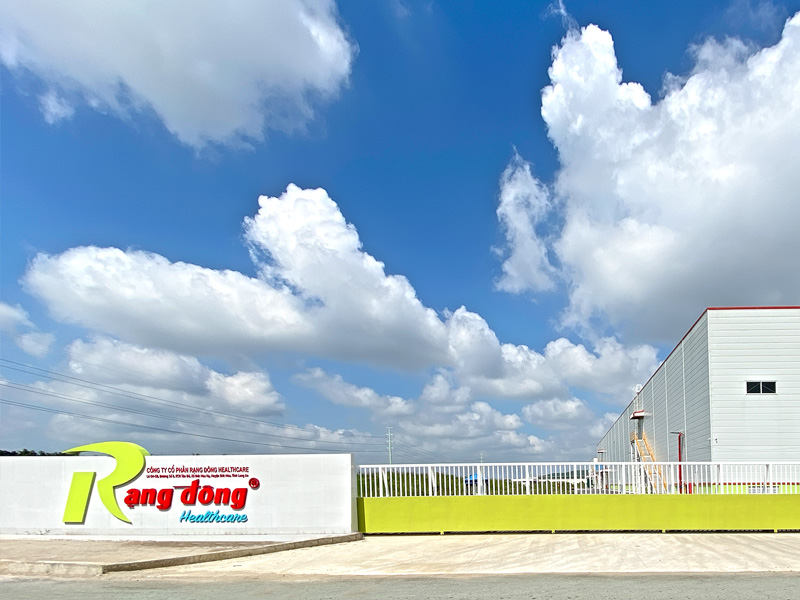
Furthermore, compared to traditional woven fabric, it requires fewer raw materials, eliminating the need for weaving equipment and pattern printing. Therefore, the production process also requires less labor.
Enhancing Convenience and Safety for Medical Products
To enhance convenience and safety for medical products, the following measures can be taken:
Design products that are easy to use: simple and user-friendly designs to minimize the risk of misuse or incorrect use. Use safe materials: made from safe materials that do not harm the health of users. Ensure product quality: quality inspection before entering the market to ensure user safety. Apply new technologies: New technologies such as wireless communication, electronic medical devices, and hospital information management systems can enhance the convenience and safety of medical products. Provide complete product information: comprehensive information on usage, dosage, side effects, and warnings so users can use them correctly. Enhance product monitoring: monitoring mechanisms to track product quality and early detection of safety-related issues. User training: to ensure users understand how to use the product and avoid safety-related risks.
These measures can enhance the convenience and safety of medical products, ensuring the health and well-being of users.
Assessing the Potential of Non-Woven Fabric in the Medical Field
The trend of using non-woven fabric in medical products has been on the rise in recent years due to its outstanding advantages. It is widely used in the production of medical products such as masks, bandages, wound dressings, cushions, padding, surgical clothing, tissue paper, paper diapers, and other products.
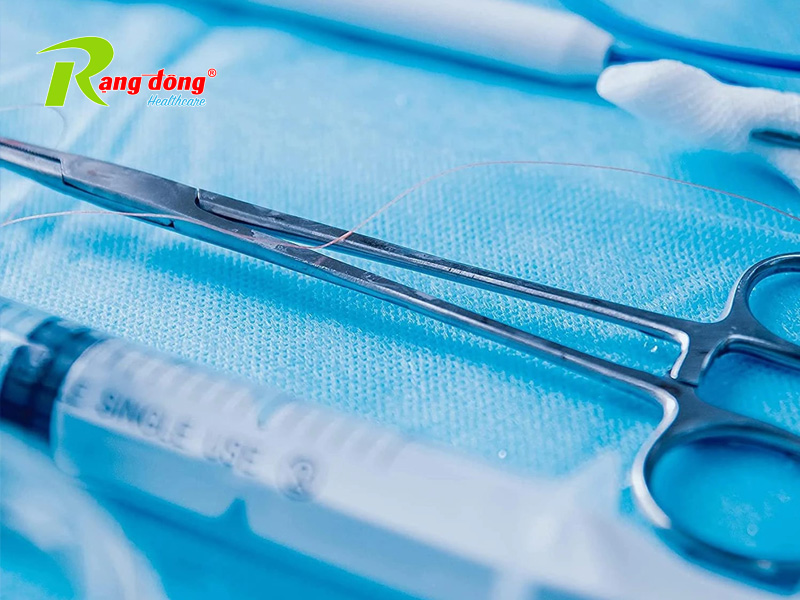
The increasing trend is further driven by the rise of infectious diseases, necessitating the use of high-quality medical products to ensure the safety of both patients and healthcare professionals. Non-woven fabric can be manufactured with special features such as antimicrobial properties, water resistance, and allergy prevention, enhancing the effectiveness of medical products.
The potential of non-woven fabric in the development of medical products
Non-woven fabric is commonly used in medical applications due to its various beneficial properties, including durability, exceptional strength, water resistance, and the ability to reduce the spread of bacteria.
The potential of non-woven fabric in the development of medical products is significant. Non-woven fabric can be used in a wide range of different medical products, including adhesive and bandages, medical protective gear, allergy-resistant materials, and electronic card encasements…
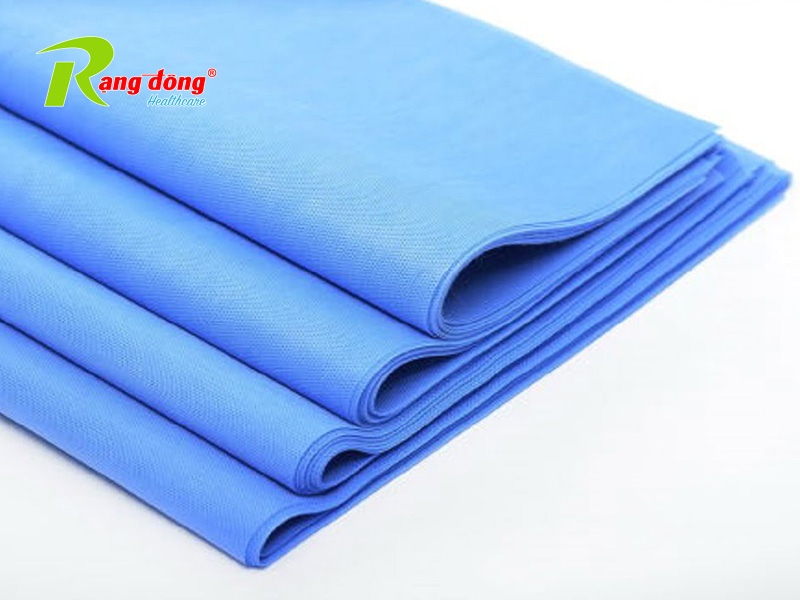
With the development of technology, the potential of non-woven fabric in the field of medical product development is increasing day by day, especially in mobile healthcare and high-tech medical fields.
In the medical field, non-woven fabric is widely used to manufacture products such as medical masks, surgical gowns, towels, protective hats, diapers for children, etc. The development of non-woven fabric has brought many benefits to the healthcare industry, such as minimizing the spread of bacteria and viruses, protecting users’ health, improving product quality, and reducing production costs.
Some advantages of non-woven fabric in the production of medical products include: the ability to filter bacteria and viruses, absorbency and water resistance, high durability, and reusability.
With these advantages, non-woven fabric is becoming increasingly important in the production of medical products and continues to be researched and developed to create better and more effective medical products in the future.
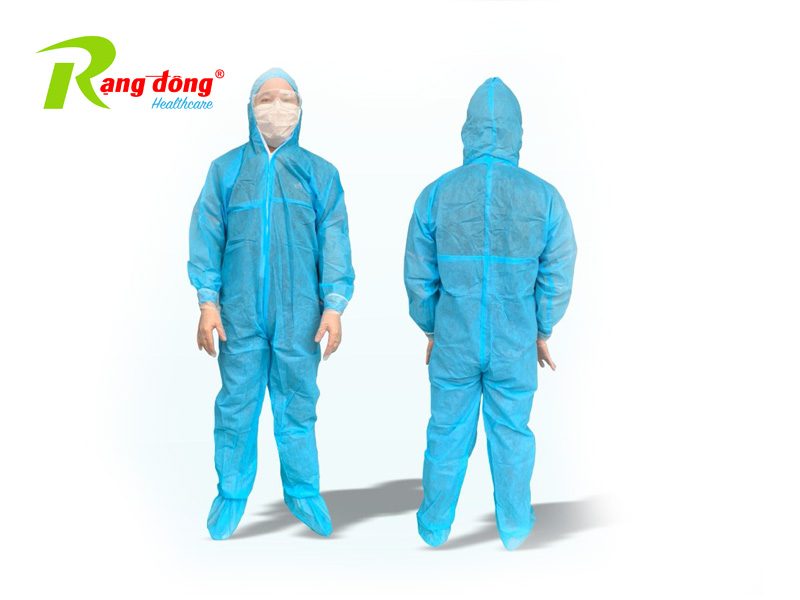
Non-woven fabric is widely used in the production of medical products such as medical masks, protective clothing, medical blankets, surgical gowns, bandages, and many other products. Non-woven fabric offers the following conveniences and safety features:
- Convenience: It is produced in rolls and can be easily cut to the desired size, making it easy to use in the production process.
- Safety: Manufactured from non-woven fibers, it is free from harmful chemicals, harmful particle sizes, and bacteria. Therefore, non-woven fabric does not cause skin irritation and can be used in a safe medical environment for users.
- Protective Ability: It can resist external factors such as dust, bacteria, and liquids, helping to protect users from potential risks in the medical environment.
The convenience and safety of non-woven fabric have made it the primary material in the production of medical products, ensuring the safety and health protection of users.
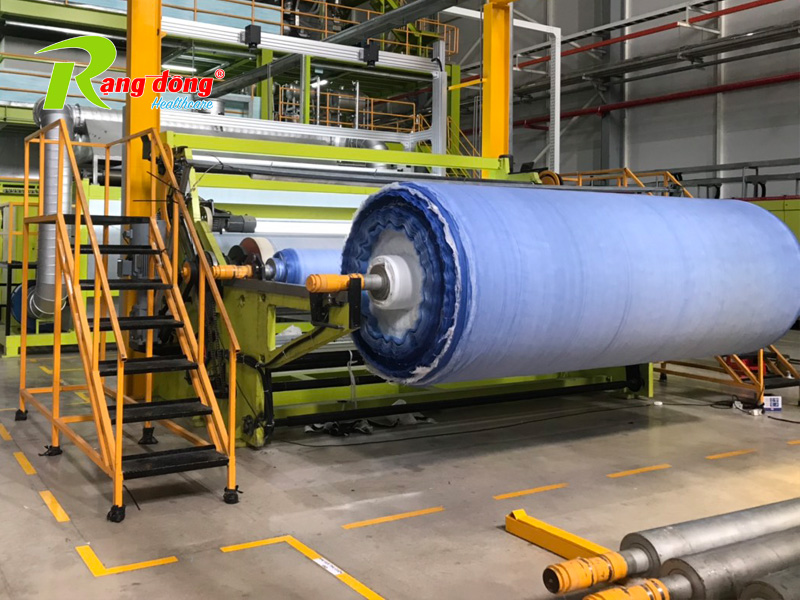
Rang Dong Healthcare Joint Stock Company is a trusted partner providing the best medical plastic products to customers. The goal of “for the community’s health” is the criteria for operation and development. The company invests in modern equipment and technology to produce medical plastic products that meet international standards, exported to the US and European markets.






